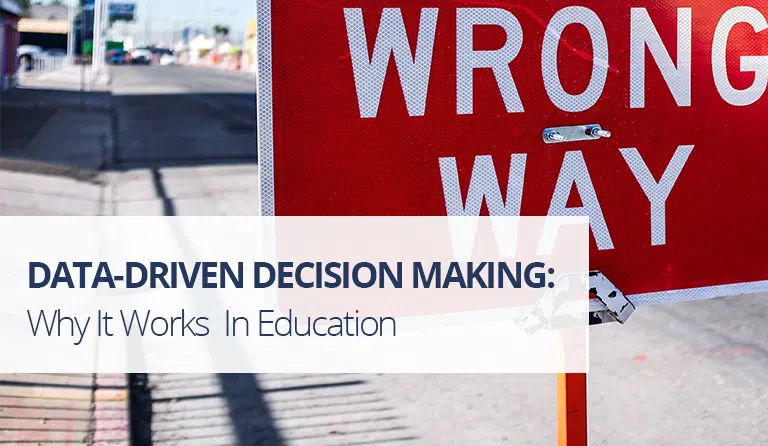POP QUIZ
What is the best way to make decisions about what to teach, how to reach a particular student or how to improve program efficacy?
a). Creative use of a dartboard
b). Anecdote
c). Hard data that drives informed decisions
Of course, the answer is C – but it does not always pan out that way because so often we don’t have the tools we need in education. Most of us intuit what needs to happen based on experience and anecdote — we channel our inner-awesomeness and follow a hunch.
Big data is big news in big business . . . so why not in CTE education? Why do we make big decisions about the future of our programs and the future of our kids without solid data to support those decisions? In short, we simply have not had the resources to make those kinds of decisions. But all that has changed.
SCORES BY STANDARD
Standards are the foundation of education. They outline the knowledge and skills that should be mastered — according to the state and in alignment with industry. Teaching to established standards creates uniformity and ensures that students are getting a consistent education that covers all the bases.
Teaching to the standards is a great start, but what about assessing against the standards? As management guru Peter Drucker said, “You can’t manage what you can’t measure.” How often do we know that kids are strong in this area but weak in that area? How is our construction class performing in safety vs. hand tools vs. power tools? Again, we can follow a hunch, or assess against standards and know for sure.
Take a look at the sample of class-level, scores-by-standard data from the Precision Exams system. Imagine having the ability to assess students and get performance feedback at each milestone along the way:
- Pretest: establish a baseline of what the students know
- Midterm: check progress and create a plan for the balance of the course
- Post-test: evaluate final performance and measure student growth

STUDENT FEEDBACK
Students can also make more informed decisions when they are presented with useful data that is pertinent to their study approach. Rather than just providing a grade after a student takes a test, why not provide them with actionable data that shows them where they are strong and where there is room for improvement?
Again, imagine administering a midterm and providing a student with the following report along with some guidance that they might want to dive in deeper to standard number three – as it seems to be an area of struggle.

STUDENT GROWTH MEASUREMENT
Whether making a state-mandated student growth report or measuring TSA for our Perkins allotment, the ability to administer a valid pretest/posttest is a must. Today, these student growth measurements can be automatically calculated by the Precision Exams online assessment tool.

IMPACT ON PROGRAMS
Having actionable data upon which to make our decisions can make a big difference in:
- Course sequencing decisions
- Professional development
- Peer mentoring opportunities
- Program decisions to respond to changing demographics
- Program improvement / program efficacy
At the end of the day, it’s simple: better data leads to better outcomes in education. And that translates to better opportunities for our students.

